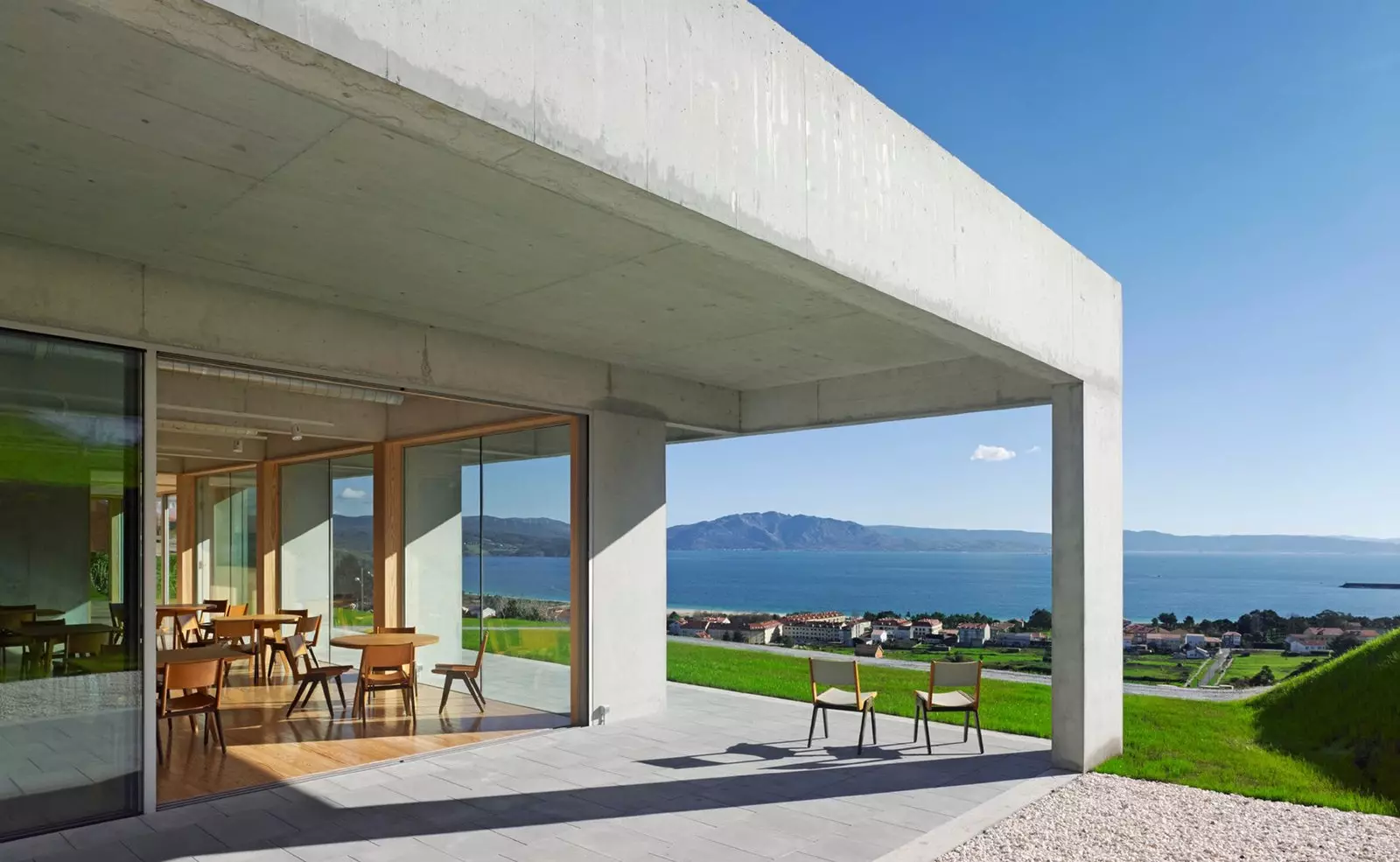
The taste of the end of the world
From time to time you want a change of scenery, to visit quieter areas of the coast, walk through towns that preserve the atmosphere they always had and peek into regions with an unmistakable personality.
When this happens to me, I get in the car and head towards the northwest of the northwest, to that point where the Galician coast changes direction and stops looking to the west, as in the Rías Baixas, to turn and face north.
And I know that, even before I begin to explain why, there will be those who are thinking that it is better not to tell, that those secrets are better kept. But I do not agree. To Costa da Morte deserves to be better known and, on the other hand, It is one of those places that, due to its characteristics, will never be prey to mass tourism..
A Costa da Morte is for those who want to make the effort to get to know it , for those looking for more than sun and beaches and assume that here it is often windy, sometimes foggy even in summer and temperatures are very mild. It's for whoever wins it.
If you accept all that, then yes, it is the region that you have to visit sooner or later. Because what you are going to find is a Galicia that you do not expect, without large urban centers -the largest town in almost 100 kilometers of coastline, from Muros to Carballo, is Cee, with just over 7,000 inhabitants -, with a very marked character of its own.
A Costa da Morte is the Galicia that looks face to face at the most hostile Atlantic , the one that lowers its villages down the hillside to the breaker, the one that, by dint of a historical isolation that luckily has been breaking, it does not look like any other. The language here has its own form, the changing weather misleads anyone who arrives from 40 or 50 kilometers away. and the kitchen . The term Atlantic cuisine takes on its full meaning here.
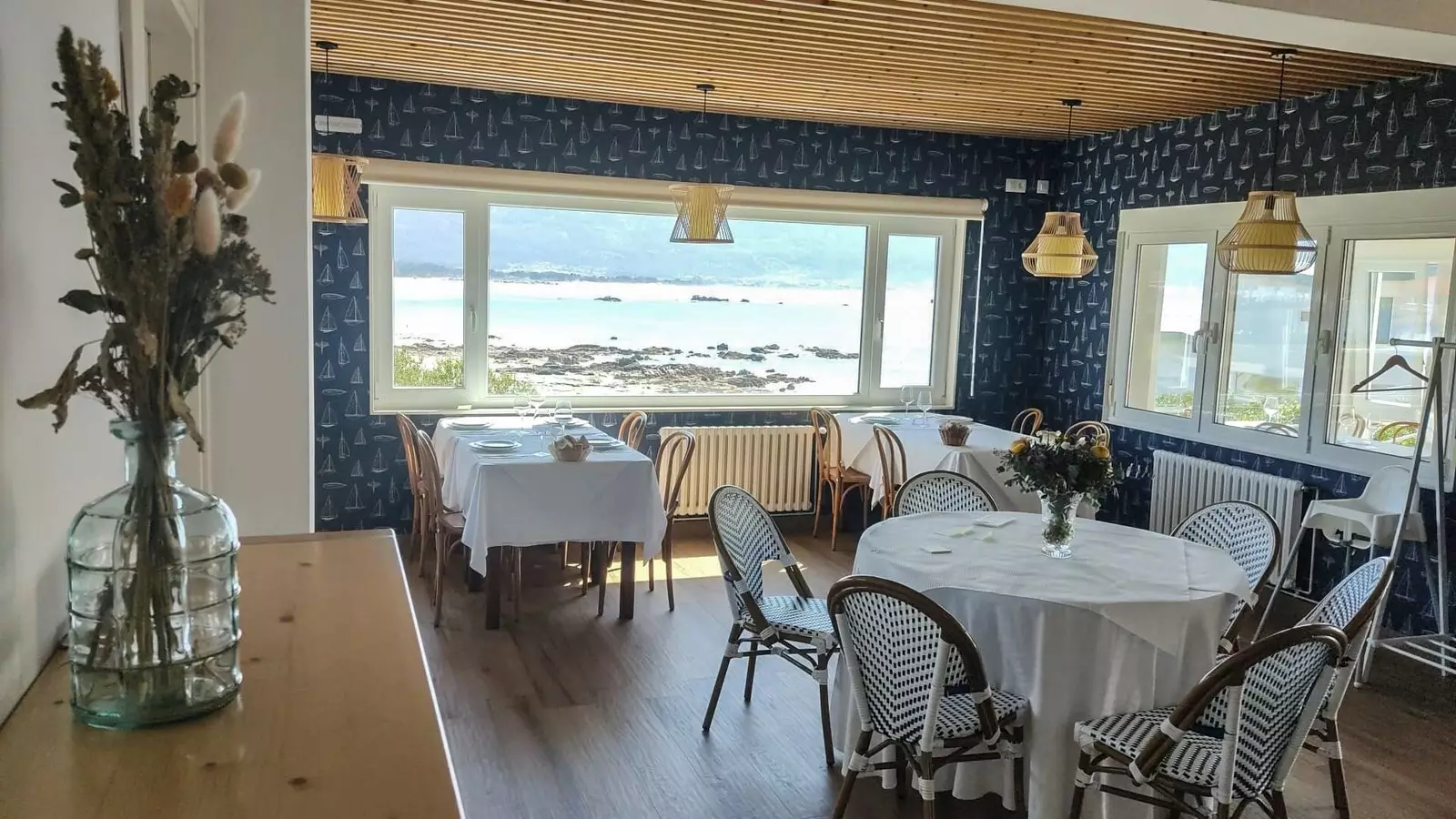
Kitchen with a view
So it will be that kitchen, precisely, the one that guides this itinerary that leaves from Muros, in the extreme south of the region, to cross it to its extreme north. walls , with his Roman omelette, its octopus, its biscuits and its threads , still belongs, if we are strict, to the Rías Baixas, so that is for another day.
But when we round the tip of Louro we enter Carnota , the great unknown even within Costa da Morte. Carnota of infinite beaches, of fishermen's huts perched on the rocks, of mythical mountains and old salting factories. And there, at the end of the beach, Caldebarcos.
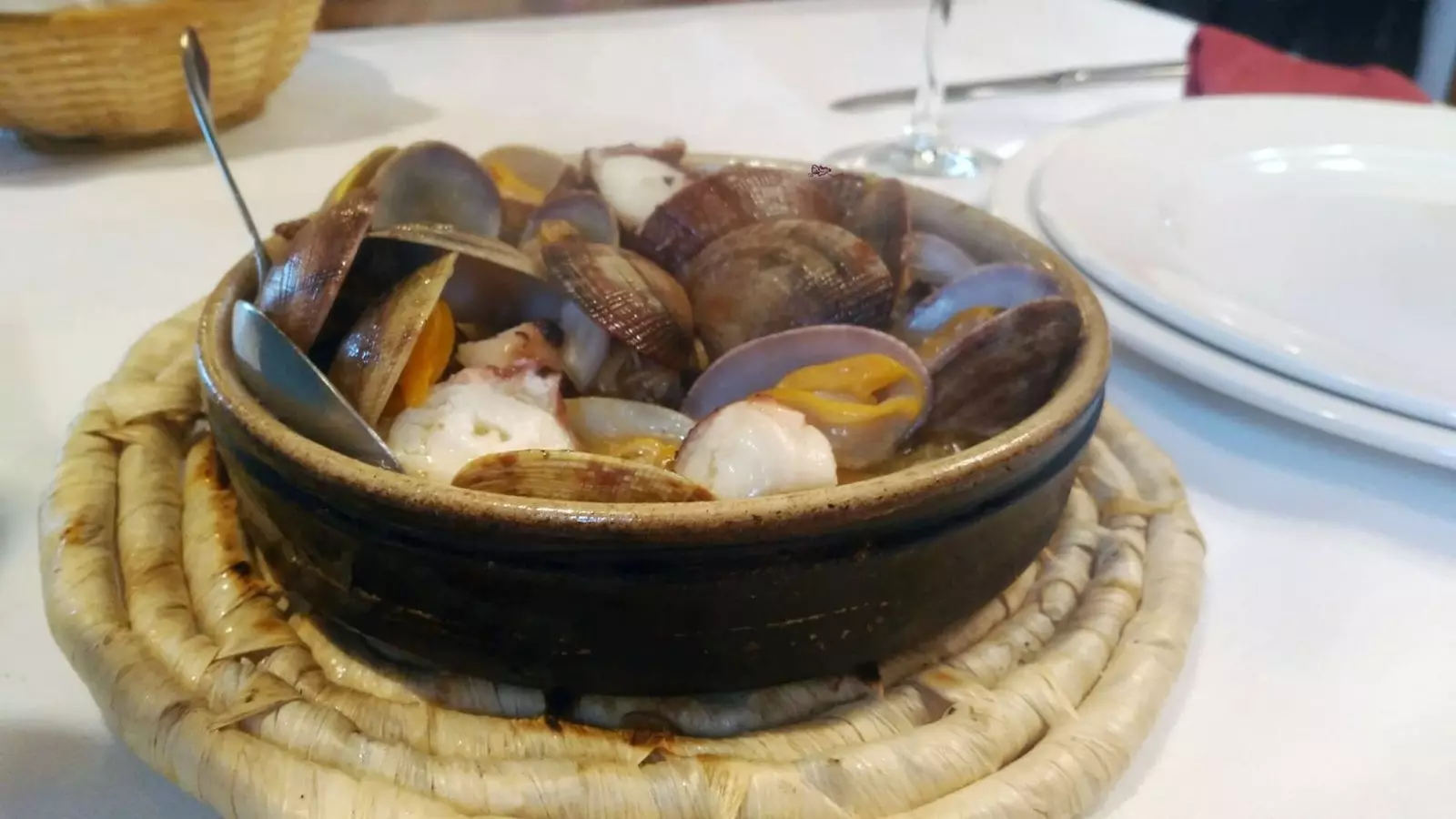
Clams and octopus from A Casa da Crega
And in Caldebarcos, two options to dive headfirst into the cuisine of the coast. A Casa da Crega , in the upper part of the town: the empanada they make in this house is famous, like their crab salad . From there, you have to jump headlong into the sea, because what they have is local and they know how to prepare it. Barnacles, shrimp, razor clams. maybe a sanmartino (San Pedro fish) or a red pomfret (viceroy). Perhaps a bream, humbler but just as tasty as its more expensive relatives.
Or, going down to the sea, the Fontevella with those views. Y with the ray caldeirada , for instance. EITHER the sea bass on the back . This, it is impossible to forget, is the Costa da Morte. Product without costumes and the sea that almost enters through the window.
O Pindo , with its colored houses, the bridge that separates the sea from the waterfall and, just next to it, Ézaro. The perfect place to make a stop on a terrace, on the promenade and the beach, and have a beer -the bar O Forcado is my favorite- before continuing.
Cee is the main town in the area . If you're thinking of having a picnic, and it's not a bad plan, being where we are, it's the perfect place for supplies. You'll find all the big supermarkets here, but it's worth exploring a bit and getting closer to, for example, O Forniño da Xunqueira to buy an empanada, or perhaps to pandejuvo , which adopts the local phonetics in its name, to get hold of some sweet artisan. Then it only remains to decide where to settle to enjoy them : in the Gures viewpoint, on the quiet beach of Estorde or maybe facing the huge waves of the hidden beach of Arnela.
Fisterra , at the foot of the cape, still maintains all the character of the old fishing town in its Rúa Real, in Praza da Constitución or in Rúa de Arriba . Precisely in this neighborhood is the german bakery , with its almost 140 years of history. And here the heirs of the founder preserve the recipes that have been transmitted, since then, from generation to generation. Bread, just as it used to be done in this region and is hardly available now, still tastes here like it did back then. And the empanadas. And the sweet empanadas…
here it is too Etel&Pan , one of those small projects with a soul that one finds from time to time. A tiny place overlooking the square: preserves and craft beers , hamburgers made by them and a good vibe that you breathe from the moment you walk through the door.
The waterfront is more touristy, but still maintains a certain character. It is worth going down and taking a walk, approaching what remains of the old castle of San Carlos and, on the way back, stop at the fish market . If there is an auction, you can attend, paying admission. It is something that should be done, because that is the product that we are going to find in the best tables in the area.
And if we talk about tables, here you have to choose. Those who prefer the updated version of the seafood cuisine of the Costa da Morte have in O Fragon your place of reference. Updated kitchen in which the product shines . and some views Yes, I know, I've said it before. But it is that in Costa da Morte the views are something else- that will make you not want to leave.
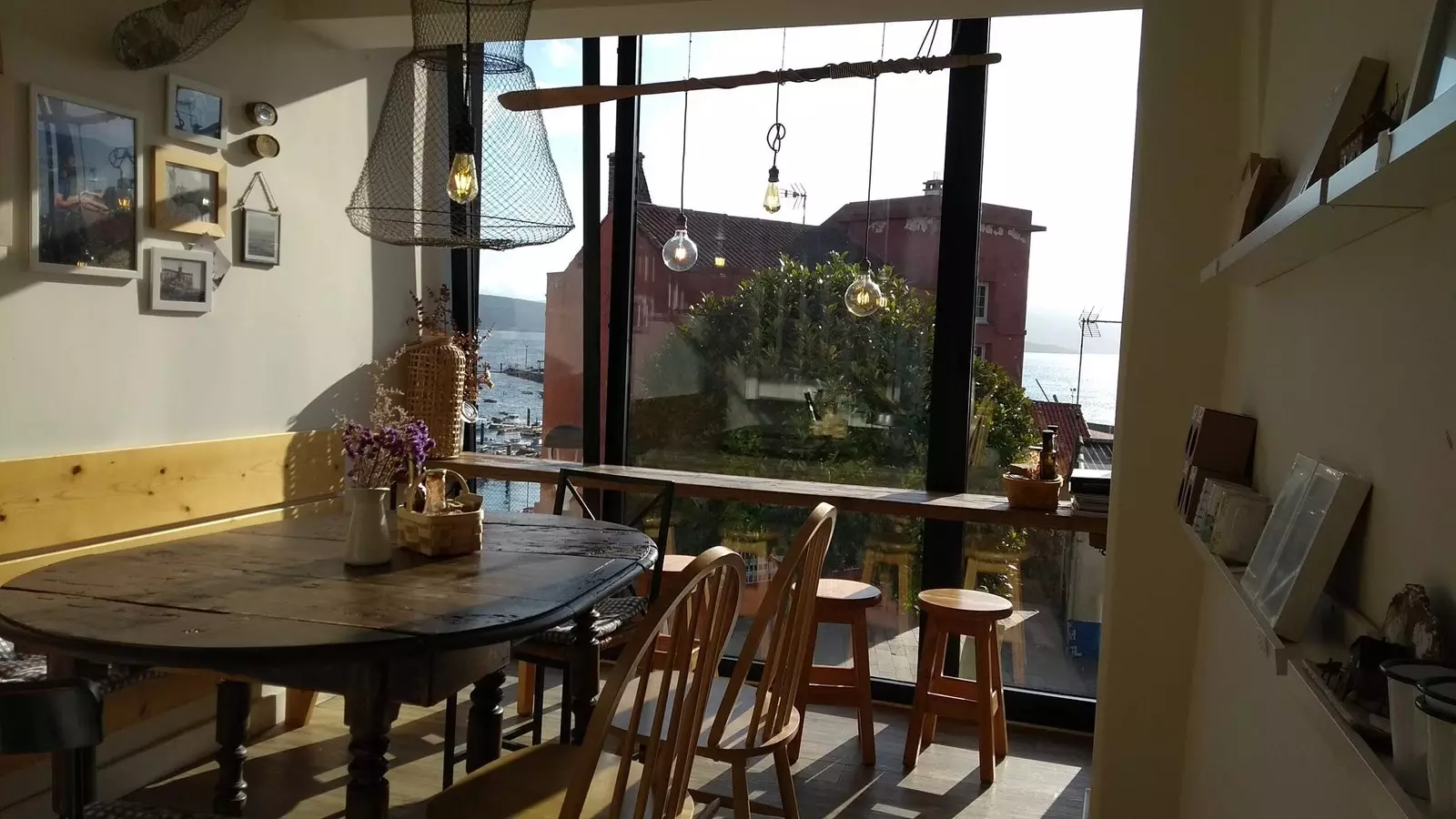
This table and these views are everything
If you prefer to savor the tradition House Leston , in sardineiro , it's your place. They have been working with local products and the usual recipe book for almost 105 years. Their longueirón tortilla, a bivalve similar to the razor, and its squid in ink are inalienable . But if you try them, you'll have to come back another day for their three-fish stew and maybe for some barnacles, warm, while you wait . It will cost you to choose.
We follow the path. The coast from here already looks north, “ borders Ireland, by sea ”, as some ancient scriptures said. Cabo Touriñán, with the tiny village of Campos and the cove of A Moreira, seems to have come from a trip back in time; the Nemina beach It is the surfer paradise where you always want to stay a little longer. The road snakes through the Viseo, Martineto, Morquintián forests, up to Lourido beach.
Here, on the hillside, the inn of A Costa da Morte recently opened its doors, a political promise - oh, the political promises - which took almost two decades to materialize, not without controversy, after the Prestige disaster , which had its kilometer zero in the area. Quarrels and delays aside, today that terrace is a spectacle and one of the great viewpoints of the region. In which you can also have dinner with the beach at your feet and those waters of such an intense blue that it almost hurts. And, looming behind the cape, Muxía.
We continue. O Lago Beach , with its lighthouse, the well-kept secret that is the medieval set of Cereixo , with its Romanesque church, its towers and the walk to the tide mill on the mouth of the Rio Grande . worth the detour to camel -there are barely 6 kilometers- and, from here, follow the coastal path that leads to Arou, which seen from afar seems to have been taken from a fjord.
We end up in Laxe, the town that has it all: a spectacular beach, the remains of a charming old town, a pretty gothic church over the harbor , the Praia dos Cristais -surely the most instagrammable in Galicia- and a lighthouse that is one of the great unknowns in the region.
For having, Laxe even has one of those restaurants that have been appearing here and there in the coastal towns and that combine a locally rooted proposal with a certain updating and contained prices. sharecropping , right in the center, is the perfect place to stop and let the sun go down, perhaps in front of an octopus salad, a chorizo-crusted hake or some á feira cockles. And tomorrow we will see where we continue.
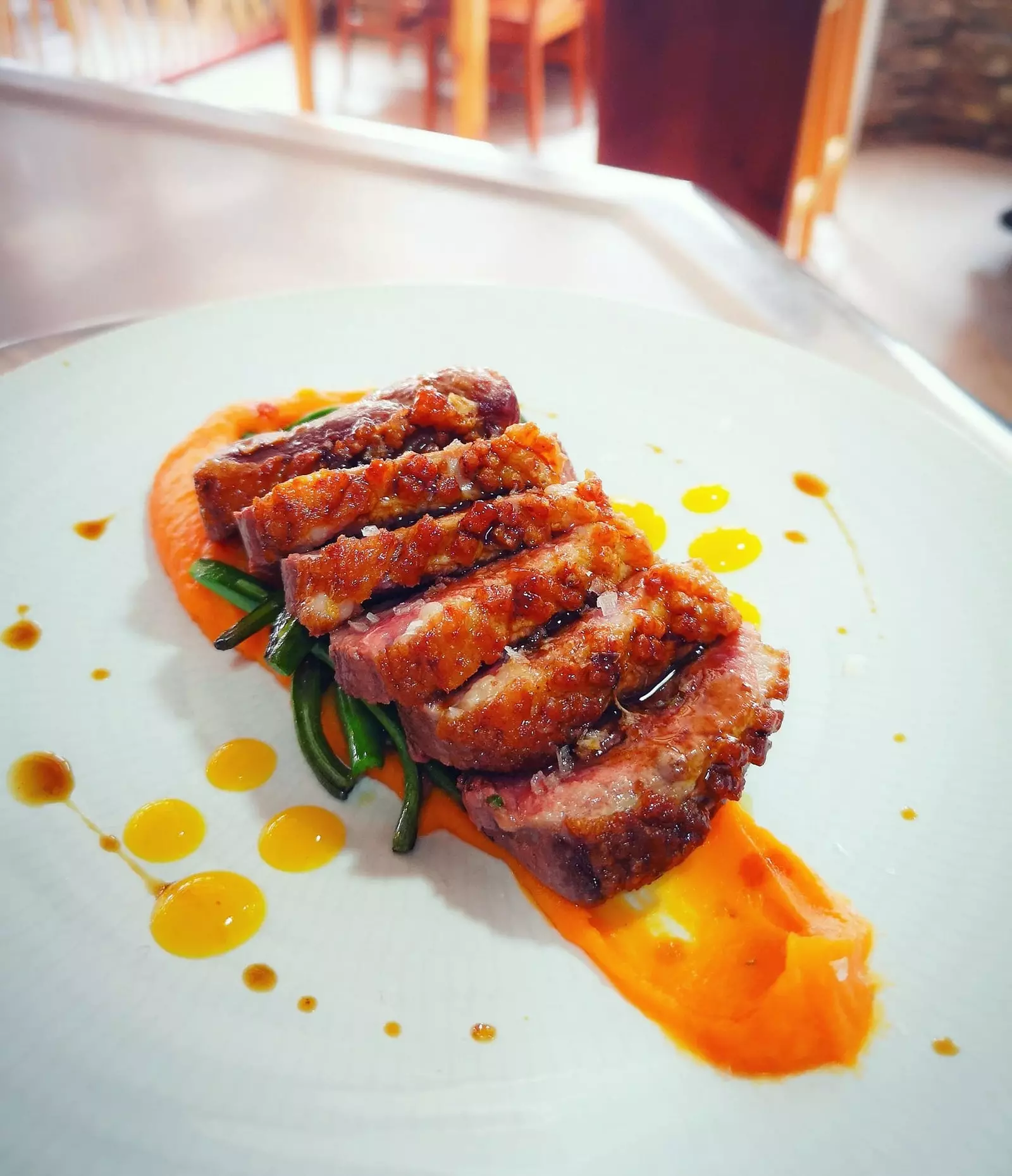
sharecropping
